Author: Hively
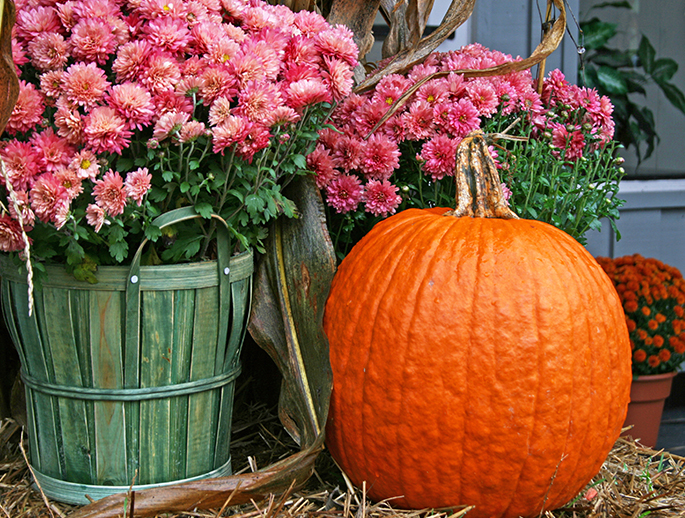
Add Color to Your Landscape with These Fall Flowers
September 21, 2017Leaves are falling and Autumn is knocking at our door. For most fall color means the browns, reds and oranges of those falling leaves, but if you are wishing for more color, plants that are hearty enough to withstand the falling temperatures. To get you started, we’ve created a list of our favorite fall flowers.
Mums
With a variety of available colors and a reputation for being one of the easier plants to care for, Chrysanthemums or mums, have become a fall staple for many gardeners and homeowners. Reds, pinks, purples, oranges and yellows can be combined and arranged to create depth and dimension to your landscape.
Mums that can be purchased at the store tend to be of the non-hardy variety, and will more than likely die before winter. Selecting the right variety, along with early planting, can help you maintain that pop of color throughout the cooler months.
Pansies
Like mums, pansies are another fall flower favorited by many. While the plant family offers the warm colors of fall, it also offers cooler colors to balance out your landscape palette: blues, purples and even blacks.
One reason pansies are so popular is their versatility. Pansies can be used in container gardens, as ground cover or companion and border plantings.
Ornamental Cabbages and Kales
While these plant varieties do not produce blooms, they can still provide vibrant color to your landscape. Whites, pinks and purples are available in a range of textures.
Asters
If mums bring the warm tones of fall, asters give the cool colors of the season. Asters, or Michaelmas Daisies bloom in vibrant pinks, purples, blues and whites. As their nickname suggests, these flowers resemble daisies, but can be found much later in the year than the real deal.
Sedum
Sedum, also called Showy Stonecrop, takes a while to bloom, but is worth the wait. This shrub-like plant produces bright pink and purple blooms that become richer in color throughout the season.
Want to bring some color into your fall? Let the experts at Hively design and install a landscape that will keep its vibrancy all season long. Contact us today to get started.

Prepare Your Landscape For Winter with Fall Lawn Care
August 31, 2017Cooler weather will be here before we know it! And while it’s tempting to assume that the change of seasons means you can take fall lawn care off your to-do list, this isn’t the case. Continuing upkeep and maintenance on your landscape is essential during the cooler months, especially if you want to have a healthy, lush lawn by the time spring rolls around. Here are some simple steps to winterize your landscape.
Soil Testing
Soil testing your yard is one of the easiest ways to determine the overall health of your landscape. Measuring the pH and nutrient levels of your property allows us to prescribe the best fall and spring lawn care plan for your soil’s specific needs.
Mowing and Maintenance
Cool weather grasses will continue to grow in Central PA in the fall. It’s important to continue to cut your lawn until the first frost of the season. You may even want to cut the grass slightly shorter than usual. This makes it easier to aerate and fertilize.
Aeration and Fertilization
This is the best time to aerate and fertilize your lawn. Fertilizing the grass now will ensure it has the nutrients it needs to thrive in the spring, while aeration will allow the roots easier access to those nutrients. The aeration and fertilization one-two punch is one of the best ways to prepare your lawn for the winter ahead and the spring to follow.
Removing Dead and Dying Plants
Pruning and removing dead trees does more than improve your landscape’s appearance. It also prevents possible property damage from falling limbs and branches. As an added bonus, removing smaller dead plants from gardens and composting the remains is a natural way to give your garden beds a boost for the spring.
Remove Leaves and Debris
Ailing limbs and branches aren’t the only dead things that need to go when prepping your lawn for winter. Removing leaves, which prevents bald spots on your lawn and reduces cleanup after a snowfall, is essential for a healthy lawn in the spring.
Mulching
As temps cool in mid to late Fall covering temperature-sensitive plants with mulch will help insulate your garden from the dropping temperatures of the season. It will also help reduce weeds come springtime.
Herbicide
It may seem strange to worry about killing weeds in the fall, but using a well timed pre-emergent herbicide now will leave grass with more room to grow and minimize early germinating weeds in mulch and planting beds
Ready to prep your lawn for winter? The experts at Hively offer fall lawn care services so you can have a beautiful landscape by spring. Contact us today.
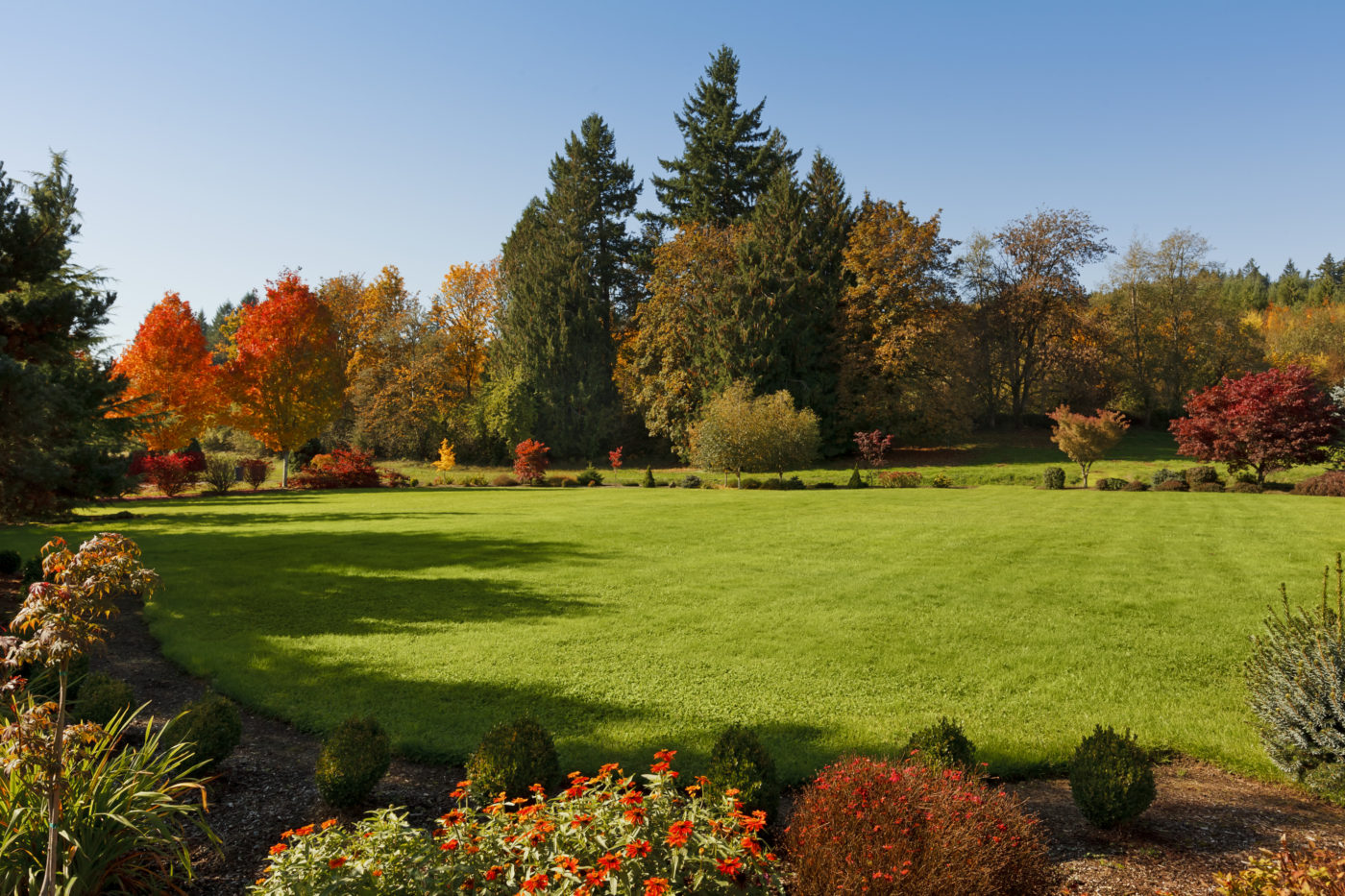
Lawn Aeration in the Fall Creates Healthy Landscapes
August 17, 2017Turf grass, like any plant, needs a strong root system to thrive. However, turf grass is pruned far more frequently than most plants– every time the grass is cut! This means grass spends most of its energy growing new foliage, instead of strengthening its root system. A poor root system means a plant, including grass, can’t get the nutrients it needs, is not able to survive extended dry periods, and is less resistant to pests and pathogens.
If you are a Hively Lawncare customer, you’re already helping your turf grass with regular fertilization. But what else can you do to improve its health? Lawn aeration! Lawn aeration, which refers to the removal of thousands of small soil ‘cores’ from the turf grass, allows water and fertilizer to more easily reach the root zone. Aeration also improves soil structure by reducing compaction, reducing thatch, and creating room for new roots to grow. At Hively, we recommend an annual lawn aeration due to the clay soils in our region.
For you DIYers out there, mechanical aerators are available at most local rental stores, but consider yourself warned— aerating is dirty, noisy, hard work, and it’s surprisingly easy to mess up! Hively offers both spring and fall aeration; the summer months are not ideal. So if you have better things to do with your time, contact Hively to learn more about lawn aeration and you’ll be one step closer to a healthier lawn!
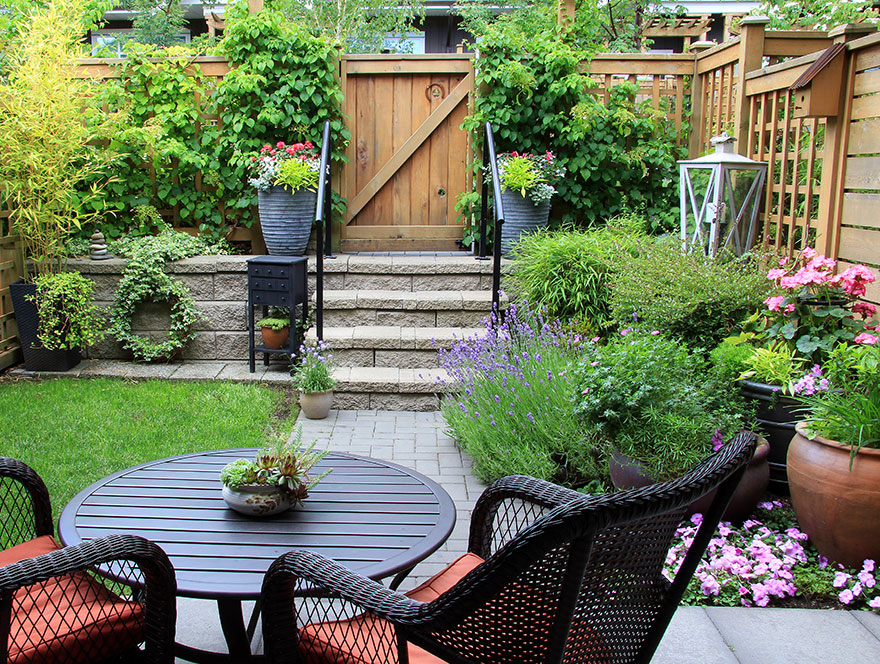
Container Gardening Tips
July 18, 2017Container gardening isn’t just for the urban landscape, or those of us with attention deficit issues. Containers and planters are a great way to add POP to your landscape and create visual focal points that might be hard to achieve with traditional landscape techniques. Planters can also be used to rotate seasonal flowers and decorations, even in the cold winter months.
Don’t be fooled, however, while container gardening can be easier than traditional landscaping, it does not guarantee success. Follow our tips for the best results.
Choosing the Right Planters
When it comes to selecting containers, the sheer volume of available styles and sizes can be overwhelming. However, there are some basic qualities you should look for in every container or planter you choose.
Look for containers that allow ample drainage and are made from non-porous materials. This will help you with keeping your plants watered, but not flooded.
The best containers will be flat-sided or wider at the top. If you are planning on planting annuals, you will want a container that is at least 8 inches deep. Grasses and shrubs will need more room, between 16 and 24 inches deep. If you are looking to add a variety of plants within one container, be sure that it is at least 12 inches wide.
Prepping Your Container
Before filling your planters with soil, be sure to add some stones to the bottom, particularly over the drainage holes. This will help maintain moisture.
We recommend bagged potting soil for flowering annuals. This will help prevent disease, while keeping your planter lightweight. Be sure to select a potting soil that contains a slow-release fertilizer to help your plants to stay healthy longer.
Choosing Your Plants
When selecting plant material, be sure to choose plants that are still fairly small. Smaller plants are easier to install and larger, more mature plants may be root bound in the original container, which will cause them to lose moisture more quickly. Properly planted and fertilized material will quickly fill in and make your container(s) look great!
Use bold colors, or variations of the same color, to design eye-catching displays. Do not be afraid to mix textures. The best arrangements use a variety of heights within the same planter. For example, choose tall plants like sedge grasses for the center or back of the planter, add medium height plants like begonias to the middle, and hanging or trailing plants such ipomoea around the outer edges of the planter. This will add visual interest to your container garden.
If you plan on adding a variety of plants to one container, choose plants that will grow harmoniously together, meaning that they match as far as watering and sunlight needs.
Maintaining Your Container Garden
If you plan on switching out plants based on season, consider using smaller pots within larger containers. This will make removing and replacing plants easier- when the season changes simply lift out the old and drop in the new!
Be sure to water your potted plants often and to place them where they will receive appropriate sunlight.
For flowering plants, be sure to trim off any dead blossoms to make room for new flowers.
Need Inspiration?
If you are looking for a professional design for your porch, patio or landscape with a container garden, talk to Hively. Our specialists will select the right plants, planters and accessories for your home, and we can maintain your plants, ensuring that they stay beautiful all season long.
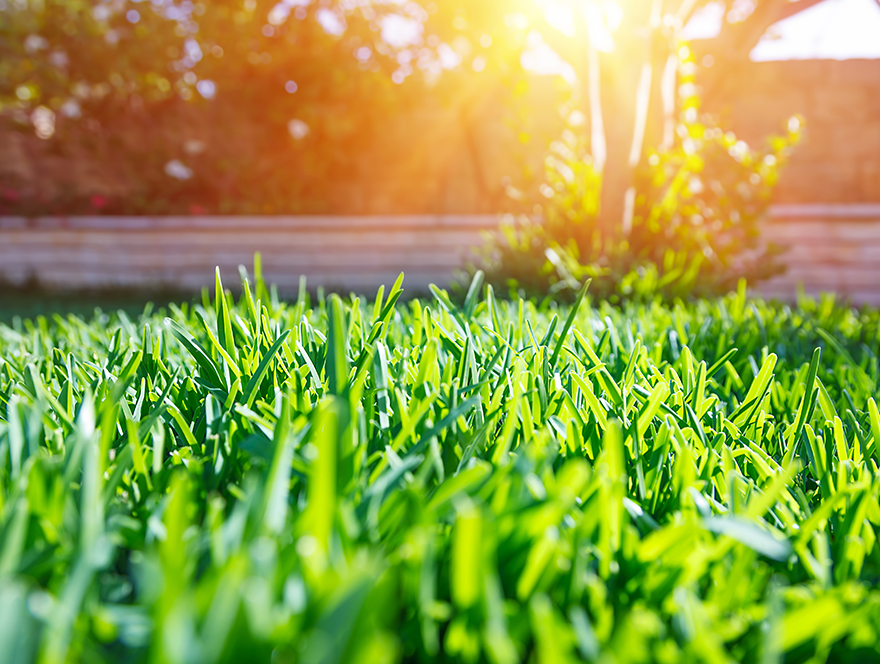
It’s Hot! Keep Your Landscape Happy with These Summer Weather Tips
June 23, 2017It’s the time of year when the air conditioning is cranked up and working outside is the last thing you want to do. Our region has experienced a mild and wet spring but summer is officially here and you can bet heat waves are in our future. While you can hide out in your AC, your landscape is stranded out there in the heat. How can you keep your landscape happy on the hottest of summer days? Follow these simple summer landscaping tips to help your plants survive the season.
Keep Your Landscape Hydrated
Landscapes, especially newly installed landscapes, can be vulnerable during dry, summer months, so maintaining a watering schedule based on the types of plants within your garden is essential. Look at the list below to see how often and for how long you should water your landscape.
No matter the plant, be sure that the water penetrates the roots. Lawn sprinklers are designed for grass, and are not the best choice for shrubs and flowers. This is because the water may stay on leaves and be evaporated before having the chance to reach the plant’s roots, or linger, inviting fungi to take residence on the plant.
In addition, help your landscape retain moisture by adding mulch around newly planted shrubs and trees.
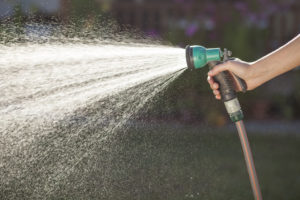
Fertilization
Most homeowners only think about fertilization during planting season, but certain varieties of plants can benefit from continual feeding throughout the hot season. The type of fertilizer you want is dependent upon the type of plant and your desired results. Plant food and fertilizers typically have three numbers listed on the label. These three numbers represent the percentage of nitrogen, phosphorous and potassium respectively. As a general rule, fruiting plants – fruits and vegetables – will prosper better with a higher ratio of phosphorous and potassium, while foliage plants, like shrubs, will benefit from higher ratios of nitrogen within their fertilizers.
Summer Landscaping Tips by Plant
Perennials
Water perennials, such as irises, hydrangeas, peonies and roses, for ten seconds twice a week during the summer. Use a nitrogen-rich fertilizer for flowering plants. Roses, azaleas and hydrangeas prefer acidic fertilizers.
Annuals
If the summer has been particularly dry, your annuals may need daily watering. Water for ten seconds, again, ensuring that the water penetrates the roots of the plant.
Shrubs
Water shrubs and bushes for thirty seconds each, twice a week. Holly bushes prefer acidic fertilizers, while leafy shrubs used for privacy will benefit from nitrogen-rich plant food.
Trees
Newly planted trees require much more water than smaller plants. Water your trees for three to five minutes twice a week during the summer. Evergreens and dogwoods benefit best from acidic fertilizers.
Summer Landscaping Tips for Your Lawn
Change the Height of Your Mower Blade
By allowing your grass to grow a bit longer, you are helping it survive the heat. When grass has been cut too short, it prevents the plants’ ability to photosynthesize or create their own food. If your grass has been growing for some time, and is considerably high, only cut one-third of its height. Wait a week, and continue to cut only one-third. Repeat until you have the desired length.
Sharpen Your Mower Blade
A dull blade won’t only mutilate your lawn, but can increase the damage to your grass caused by heat. A sharper blade helps your grass heal more quickly after being cut.
Leave Your Clippings Be
Unless your grass clippings are in danger of being blown into the street, storm drains or bodies of water, allow them to lie where they lay. The clippings will help to fertilize the remaining grass.
Resist the Urge to Fertilize, Aerate or Dethatch
Mixing high temperatures with fertilizer can harm your lawn and cause it to burn. Lawn aeration and dethatching should be avoided because it adds to the stress of the plants.
Don’t Flood Your Lawn
Water your lawn regularly, but not every day. Constant watering can weaken the grass and turn your yard into mud.
Check One More Thing Off Your List
Does the pressure of maintaining your lawn seem too much? Would you rather have professional, certified landscapers take care of everything than try to remember these summer landscaping tips? Contact Hively for a free consultation today!
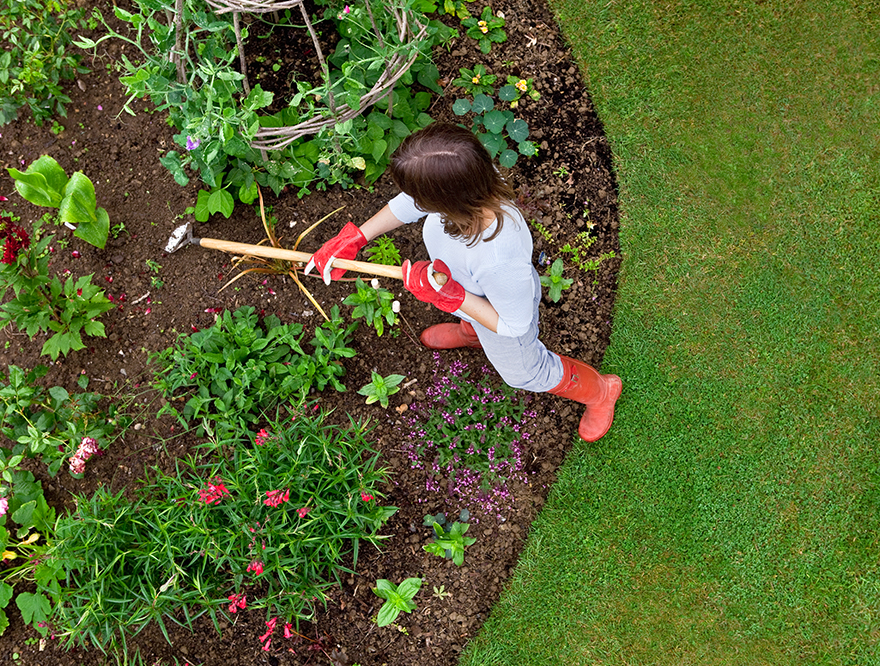
Choosing the Right Herbicide for Ultimate Weed Control
April 27, 2017Spring has arrived and with it will come all the joys of being outside enjoying your landscape…and weeds. Crabgrass, thistle, nutsedge and all of our other favorite perennial weeds will thrive this spring, especially because the of the mild winter that was not cold enough to permanently damage existing dormant seeds. Great! So, now what?
One of the most cost efficient and effective weed control methods is with the use of a pre-emergent herbicide. This is just what it sounds like; pre-emergent herbicides prevent weeds from emerging from seeds by interrupting the germination process as seeds move from dormancy to growth mode. It’s like putting down a barrier across the treated area that weeds can’t penetrate.
Most pre-emergent herbicides are granular or powder based and activated by water. Some pre-emergents are applied on their own and some are applied with other materials, like fertilizers. This gives pre-emergents the advantage of efficiency combined with a longer effective treatment period to help with extended weed control. Many pre-emergents have a 90 day efficacy if applied in ideal conditions. Since ideal conditions are pretty rare in real life, we suggest a 45 day inspection cycle which allows us the flexibility to re-apply material before weed pressure begins to increase.
In new or existing planting beds, pre-emergents are spread prior to new mulch. It is important to note that some pre-emergent herbicides can damage certain flowering perennials, annuals and bulbs that have not yet broken bud. It is very important to have an qualified and experienced applicator performing the applications to avoid any issues. The applicator must be able to read and follow the application instructions AND be able to positively identify plant material to ensure success.
Of course, any individual or company that applies herbicides and fertilizers for monetary compensation must be registered with the PA State Department of Agriculture. Registered individuals carry an ID card and registered companies are required to display their BU number on all vehicles that transport controlled chemicals and in all promotional materials. Hively’s BU number is 0299.
If you have a weed problem, or want to avoid having to deal with weed control, please contact our office for assistance. We love landscapes but we don’t like weeds!

Spring Garden and Landscape Preparation
March 15, 2017In order to keep your landscape looking its best year-round, now is the time to put your springtime prep work in. The experts at Hively Landscapes came up with the following list to help you focus your efforts and save time during your spring garden and landscape preparation, so you can spend more of it enjoying the fruits of your labor.
Apply Fertilizers & Pre-Emergents
A warm winter like the one we’ve had in south central PA presents a myriad of threats to your lawn and landscape. In warm climates (or during abnormally warm winters), weeds can germinate as early as February, and can quickly invade a landscape. The best way to combat them is to apply a pre-emergent herbicide in January or February, and then follow up with a post-emergent treatment as spring arrives.
Also, applying a slow-release fertilizer will provide the right amount of nutrients to your soil, allowing your lawn to thrive and push out weeds, as well as promote top growth.
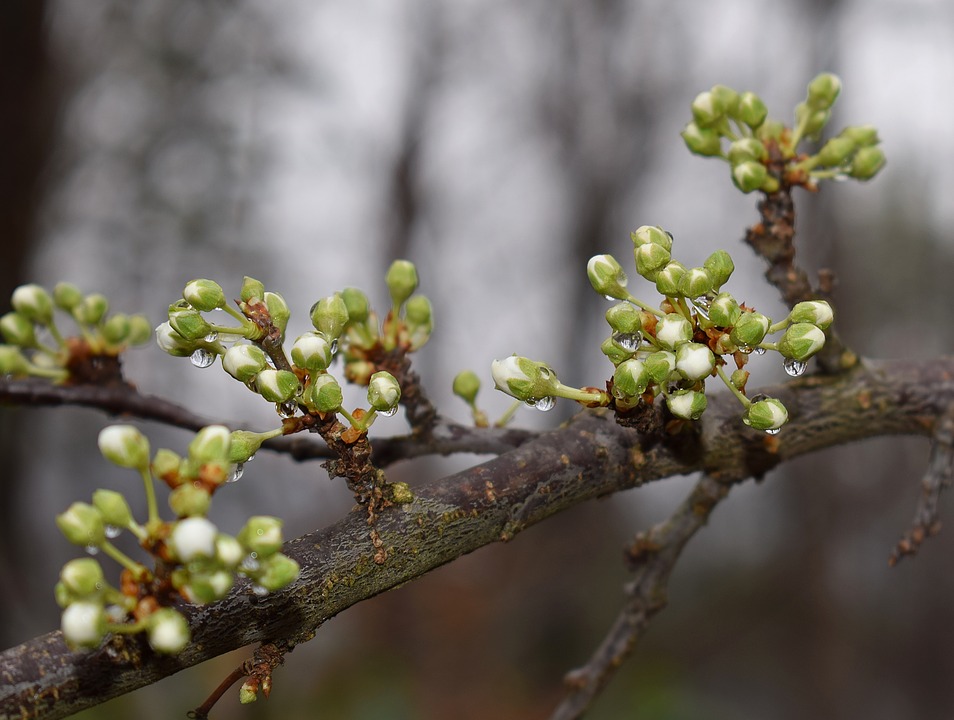
How Warm Winter Weather is Harming Your Plants
February 27, 2017Warm, 60- to 70-degree February weather in south central PA feels wonderful for those of us longing for spring, but your lawn and landscape don’t share the same sentiments. In fact, drastic changes in temperature can do quite a bit of harm to your lawn, trees and shrubs, and affect their health throughout the entire growing season.
If you’re wondering what kind of harm a little warm weather can do to your outdoor environment, we’ve broken it down for you below.
How a warm winter harms your lawn
Living in a climate characterized by cold winters means we use cool-season grasses in our lawns. Grasses such as Kentucky or rough bluegrass, ryegrass, fine or turf-type fescue all make great sunny area lawn grasses for Pennsylvania.
Rock Salt Alternatives: You Won’t Believe What is Destroying Your Walkway
February 1, 2017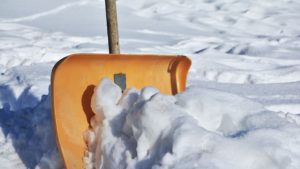 We’ve been blessed (or cursed, depending on your point of view) with snow-filled winters in Pennsylvania in recent years. While fun for some, those winters wreak havoc on our roads and landscapes. If you have concrete or natural stone walkways at your home, you may even have noticed their condition deteriorating.
We’ve been blessed (or cursed, depending on your point of view) with snow-filled winters in Pennsylvania in recent years. While fun for some, those winters wreak havoc on our roads and landscapes. If you have concrete or natural stone walkways at your home, you may even have noticed their condition deteriorating.
Here is a key question: How do you fight off the hazardous ice that forms on the steps and sidewalks around your home? If your answer is with rock salt or other deicers containing ammonium nitrate or ammonium sulfate, then you’re contributing to their deterioration!
Fortunately, there are alternatives that can save your sidewalks, steps, and landscape. If you want to be properly motivated first, check out the ways in which rock salt is detrimental to your property:
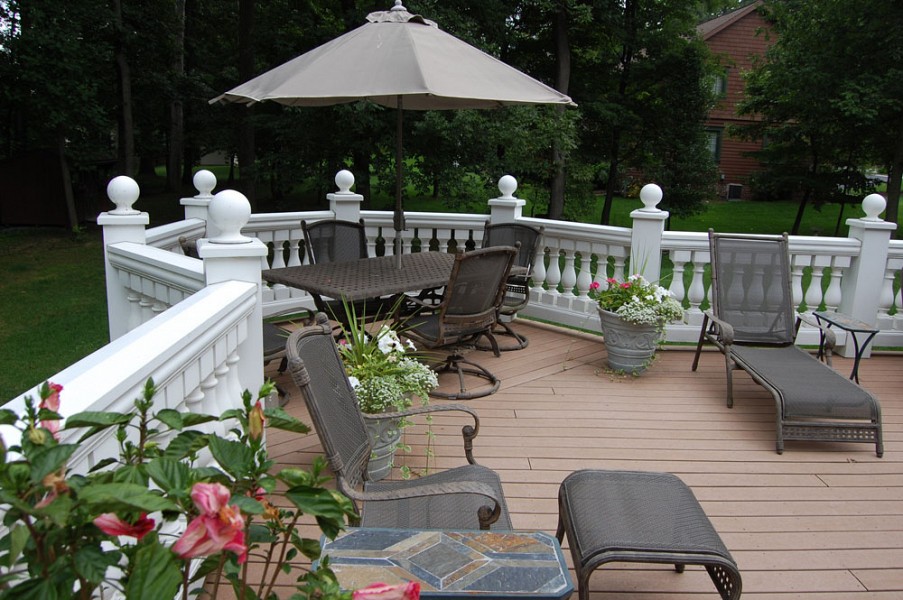
Winterizing Your Deck, Patio and Other Outdoor Spaces
December 12, 2016As the recent burst of cold fall weather has reminded us, winter is just around the corner. With the Thanksgiving holiday over, it’s time to winterize your deck, patio and other outdoor living spaces before the weekends get any colder! Here is a short list of things to do, compiled by our staff, to prepare your landscape and outdoor areas for the colder months ahead.
If you have outdoor furniture, cover it or store it inside a garage or shed. This can help preserve the appearance of your furniture, and in the case of wooden or stone material, may protect it from serious damage caused by freeze/thaw cycles. If you don’t have a grill cover, invest in one! We’ve been using the same grill at our office for over 12 years, and it still looks and works great because we cover it every day.
Many of us have power equipment with small engines such as lawn mowers, chainsaws, string trimmers, and leaf blowers that are put away in the shed and forgotten about after the last use. It’s common for the latter three to have two-stroke engines that use a fuel-oil mixture. With those, be sure to top off the tank. The oil in the mix will help stabilize the fuel over the winter months.